Emotional Design and Copywriting
Leading on from our previous blog on Emotional Persuasion we now discuss the extension of how to leverage current emotions or to help create new emotion; emotional design and emotional copywriting.
Emotional Design
There are three main aspects to emotional design – all of which can serve to reinforce a current emotion or the change/create an emotion; font style, colour and images.
Font Style
Font style is essentially online body language and when you consider that 55% of emotional communication occurs through body language you start to get an idea of just how important font is for your communications.
While you may not think that your font choice makes much of a difference, it does. The font/s you use is the how your saying what you’re saying.
Test different font style with the same wording and see how the emotional response it evokes changes.
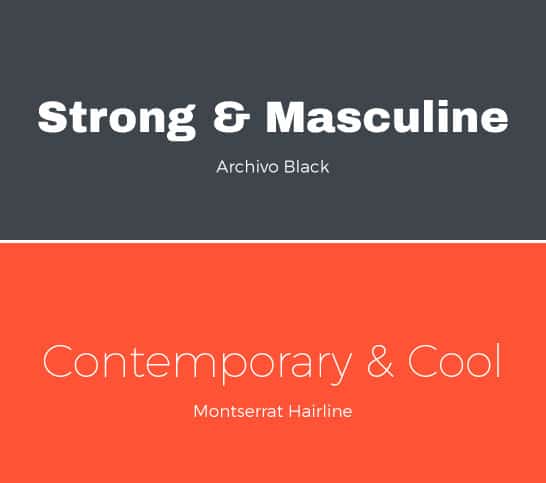
Colour
In design, colour is power. (Check out our past blogs on the psychology of colour). How so? Reseach shows that customers make a decision about a business, brand, service or product in about 90 seconds AND over 62% of that assessment is based just on colour. Now colour isn’t everything – it’s not going to make every single person feel exactly the same way or have the same emotional response but it’s right up there in terms of importance. Combine font style and colour to create a cohesive emotional message.
Images
We’ve all heard the adage ‘a picture says a thousand words’ and why is that so? Because images make us all feel things. The question then is ‘what are your images making your audience feel?’ Do the images support the emotional story you are trying to tell. What emotions are they evoking? If they aren’t creating or reinforcing the right emotion then you need to change them. Keep in eye on size, colour, body language, facial expressions as they all impact on the emotion contain within your images.
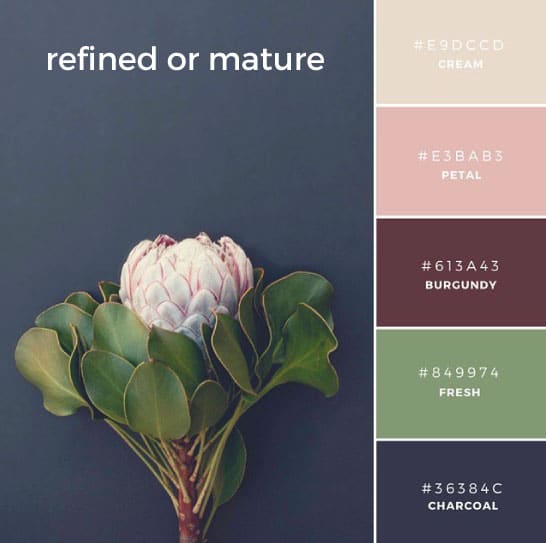
Emotional Copywriting
There are two main aspects to emotional copywriting; trigger words and storytelling.
Trigger words
Basically, triggers words are words that are commonly associated with specific emotions and when read will trigger those emotions in the reader. Consistently using those trigger words will typically trigger that emotion for the reader. First you need to understand your target audience and the words they are familiar with. The majority of people will associate greed, hate and cruelty with anger, and helplessness and despair with sadness but delve deeper. Are there certain words that act as triggers for your specific target group? Are there cultural differences within your target audience that may lead to misunderstanding or not everyone being affected the same way emotionally?
For example, until recently the Japanese language had no specific word for the word ‘love’ – of course they fell in love, desire love, felt love but the word just may not evoke the same emotional response as it will for more Westernised cultures.
While the word malpractice may not evoke much of an emotional response in the general population, if your target audience is doctors then the word takes on a whole new emotional meaning.
Storytelling
Emotional storytelling is best created when you have a protagonist, a beginning, middle and a conclusion – facts and figures don’t create and maintain emotion but a relevant, engaging, relatable story does. Readers will remember the story, remember the brand and that will make it easier to complete the emotional persuasion.
For help with your emotional design and emotional storytelling, contact your local branding specialist Liquid Creativity.
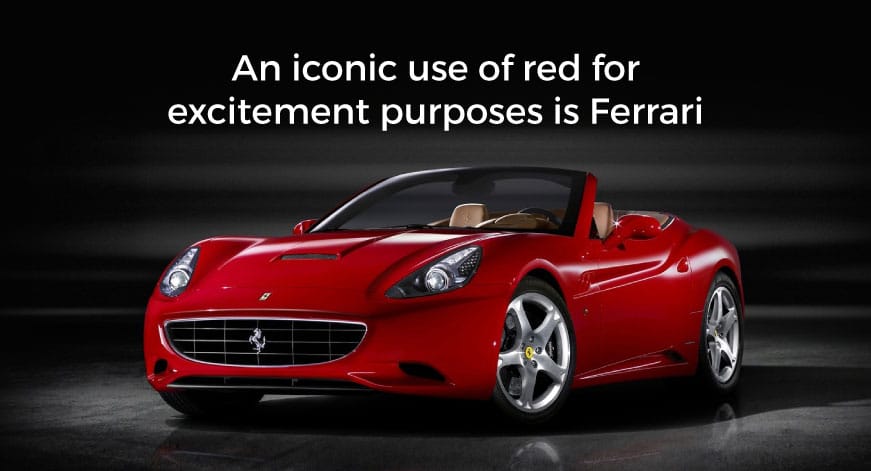




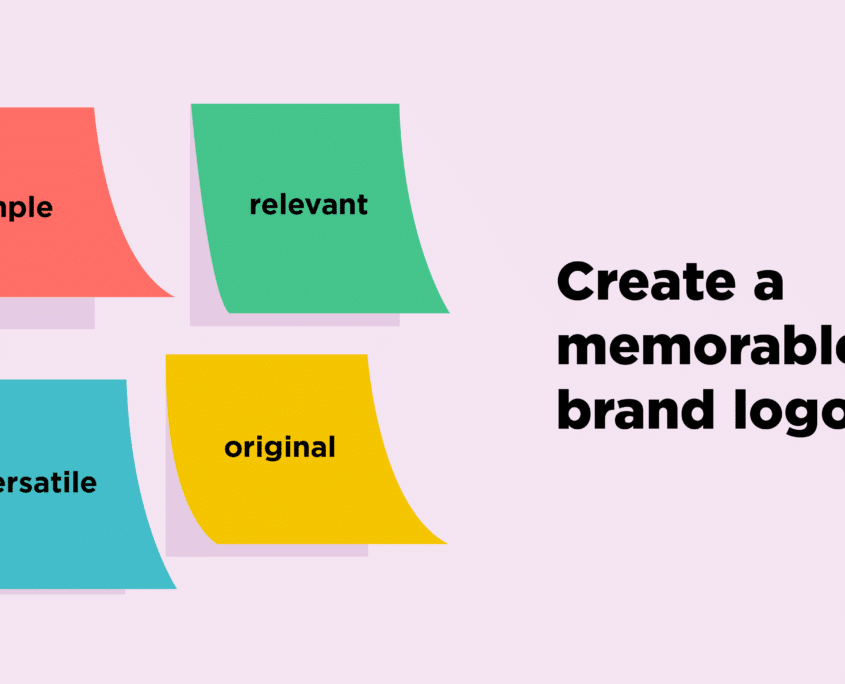
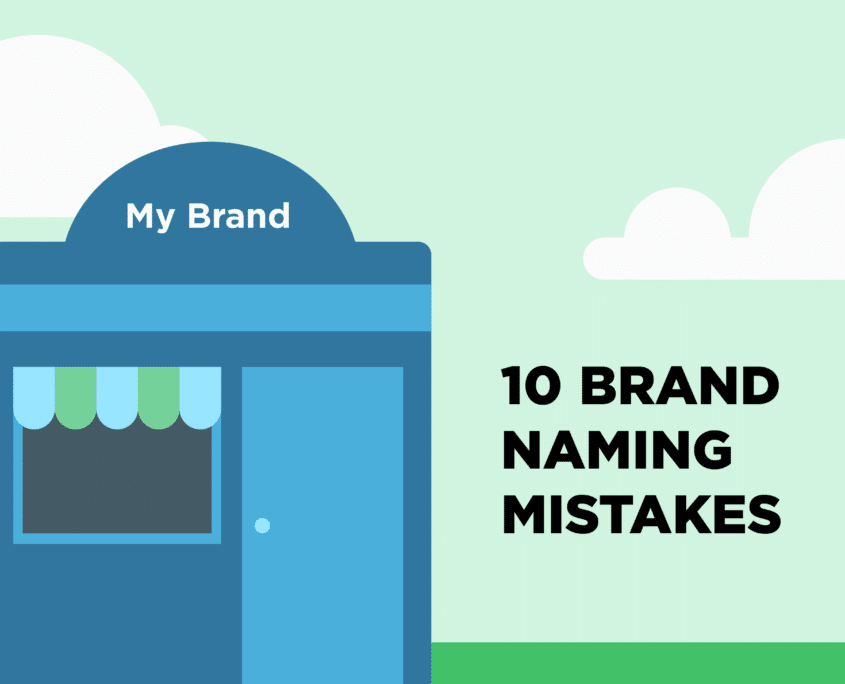
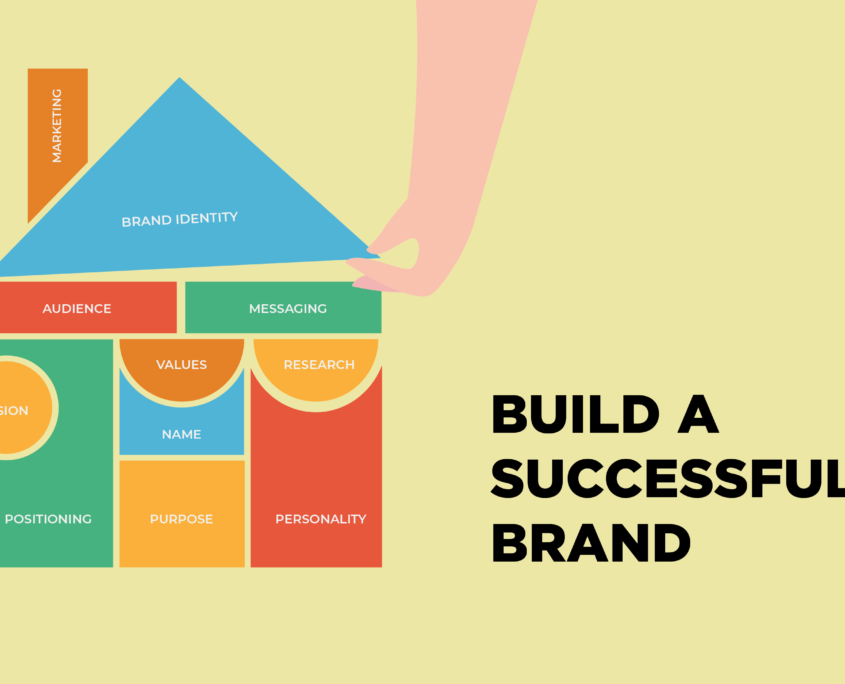

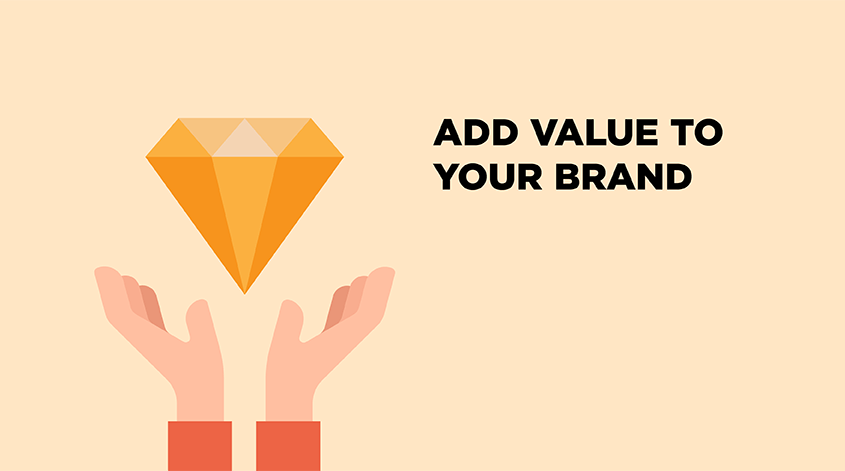
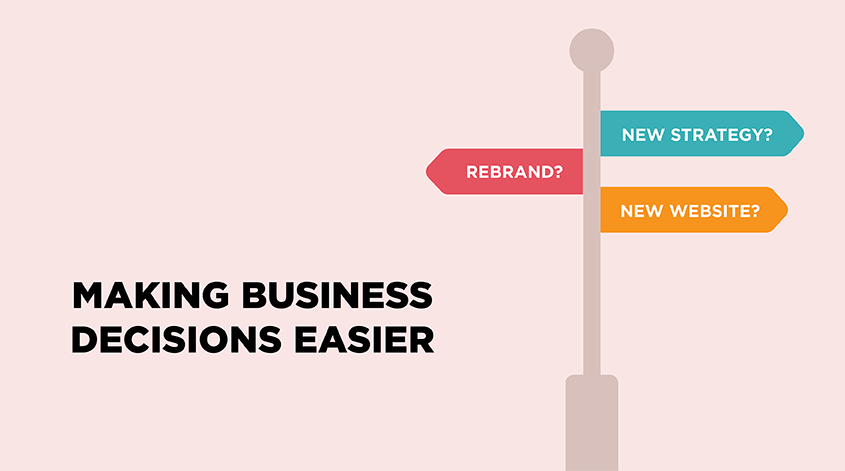


Leave a Reply
Your email address will not be published